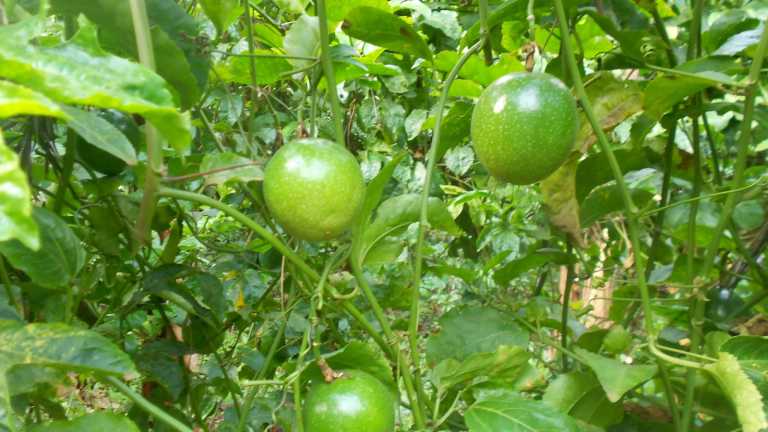
Control can be through use of pesticides such as imidachroprude, Jackpot or Aabamectin. You can grow strong-scented plants such as onions, garlic or parsley at the boundaries of the garden. These attract aphids such that you trap them there and thereafter spray them. Avoid excessive application of nitrogen fertilisers as these attract aphids.
